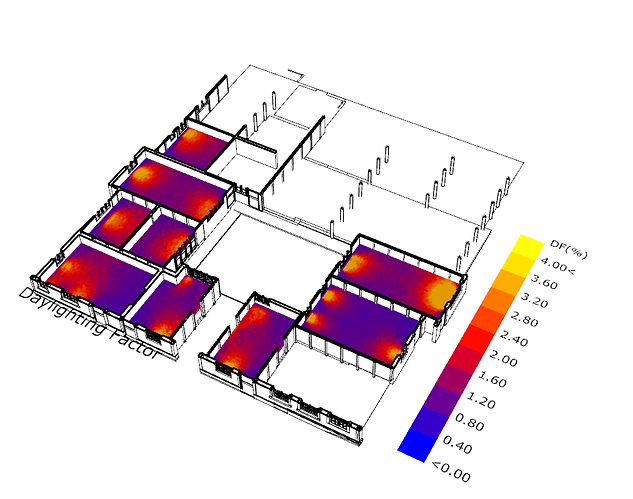@ Hi,JimMarsh. I don’t know which analysis are you intending to do. But from the messages above, I guess you are doing daylighting analysis. For daylighting analysis,in my experience you can use Mesh instead of Brep. There is one compotent called MSH2RAD, you can pay more attention on it. This compotent is very suitable for some complex model. Below is daylighting analysis for a demo project.


